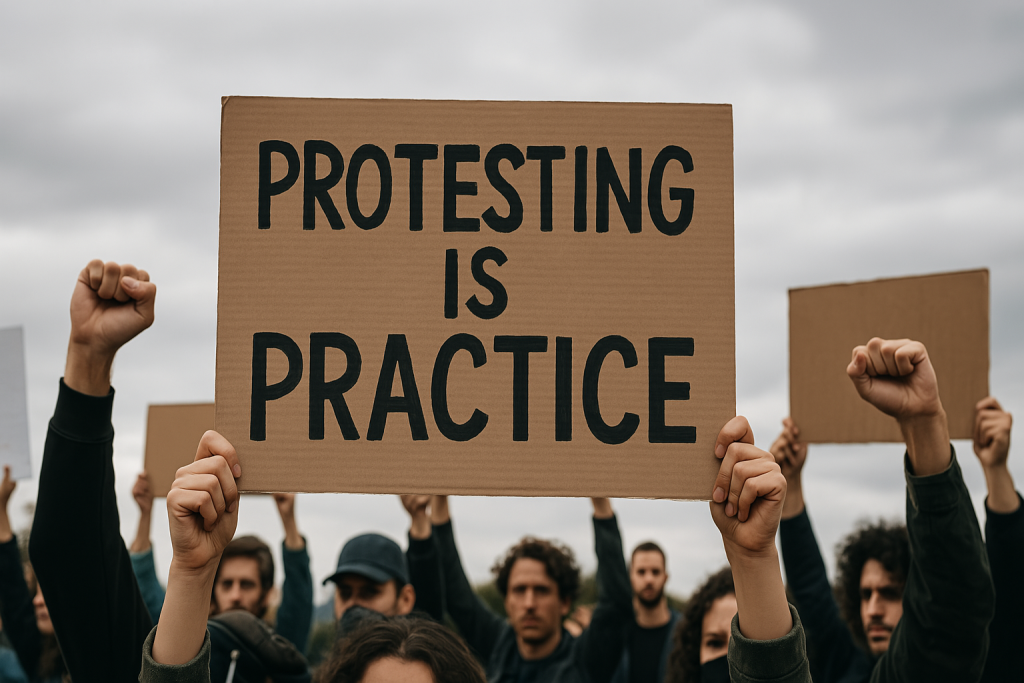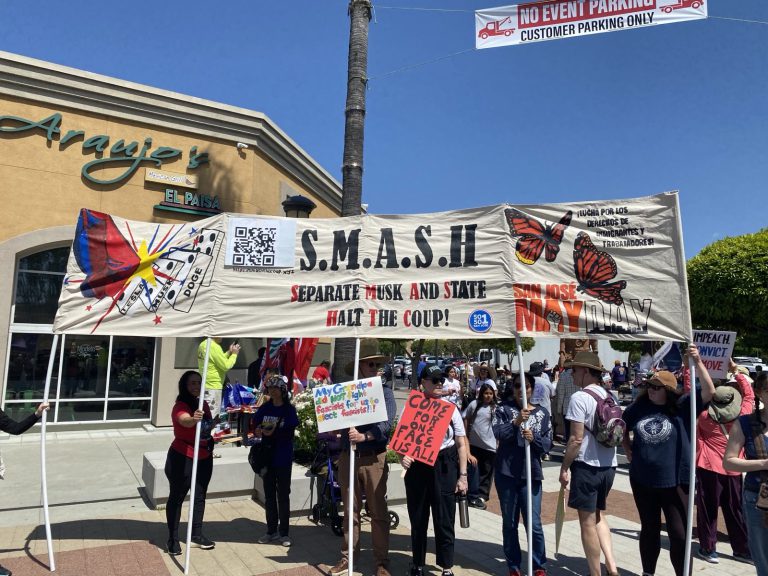
Protesting is Practice
There’s a lot happening right now, and I know that folks are wondering how to make and enable change. Some folks think protesting is useless, and we’re too far gone, but it isn’t a worthless activity. On Saturday I had conversation that forced me to refrain some of my thinking on protesting action to explain it to someone who doesn’t think about power, leadership, and regime change as much as I do (which is probably healthier for everyone involved).
I think might be useful to others.
The conversation started with the premise / challenge that Protesting, especially now, seemed performative. As I started to challenge this idea, I anchored on the concept that “Protesting is Practice”.
In revolution and protesting, there is the concept of a “Diversity of Tactics,” which is usually used in conjunction with discussions with more violent protesting by organizations like “black bloc.” But, Diversity of tactics actually refers to the strategic use of a wide range of protest methods — from peaceful demonstrations to disruptive or confrontational actions — recognizing that no single approach can achieve systemic change alone. It emphasizes flexibility, coordination, and inclusiveness to engage different groups toward a shared goal.
So, while black bloc is a tactic, so too:
- simply VOTING is a part of diversity of tactics
- handknit pussy hats at the women’s march are part of a diversity of tactics
- holding empty chair town halls are a part of a diversity of tactics
- protesting, ANY protesting is a part of a diversity of tactics
- organizing and executing local protests in front of Tesla dealerships are a part of a diversity of tactics
- organizing and executing a nationwide hands off protest is a part of a diversity of tactics
But protesting is more than just a tactic, it’s PRACTICE.
Protesting is Practice
Erica Chenoweth’s 3.5% rule (which is descriptive vs. prescriptive) relies on mass, sustained, nonviolent participation. And for millions to participate, the entry points must be:
- Low-barrier
- Repeatable
- Familiar (like voting or wearing a symbol)
As of the most recent estimates (2024), the adult population (18 and older) of the United States is approximately 260 million people.
3.5% of 260 million = 9.1 million adults
So, according to Erica Chenoweth’s research, it would take sustained, active participation from around 9.1 million people to potentially tip the balance of a nonviolent movement in the U.S.
If you want to be able to hit this 3.5% guideline, you need MILLIONS of people to be skillful at coalescing quickly and ready to take action. The first actions need to be small and repeatable, and even habitual, for there to make these kind of numbers possible.
Srdja Popović, in Blueprint for Revolution, emphasizes starting small, using humor and creativity, and allowing space for incremental engagement. The idea that protesting builds collective readiness echoes his chapter “Dream Big, Start Small.” H wrote, “You can’t topple a regime with 30 people, but you can plant 300 symbols of resistance overnight” (Blueprint for Revolution, Ch. 1–2) — these early actions feel performative, but they’re groundwork.
Protesting is Practice
In this, I am positioning protest not as a futile act, but as a habit-forming behavior that prepares people to act together when it matters most. When and if the Diversity of Tactics ever require more disruptive action, the people need to be practiced and prepared around organizing, communicating, and acting.
Get out.
Protest.
PRACTICE!
